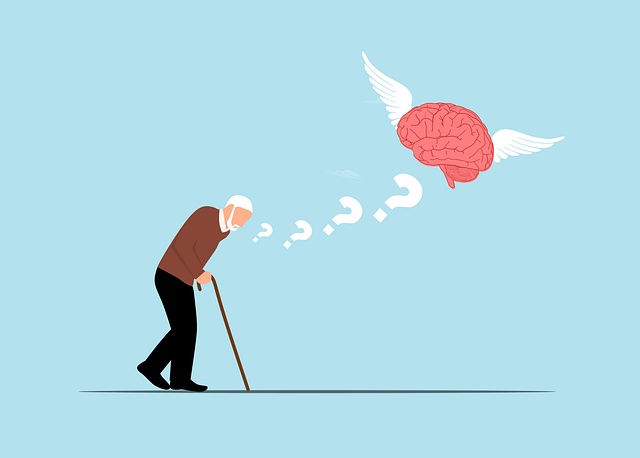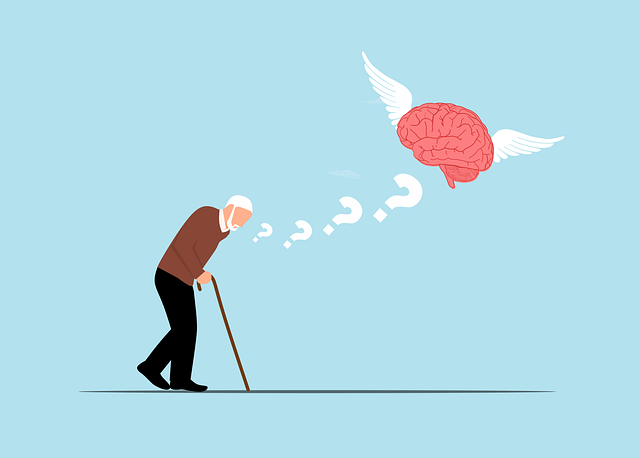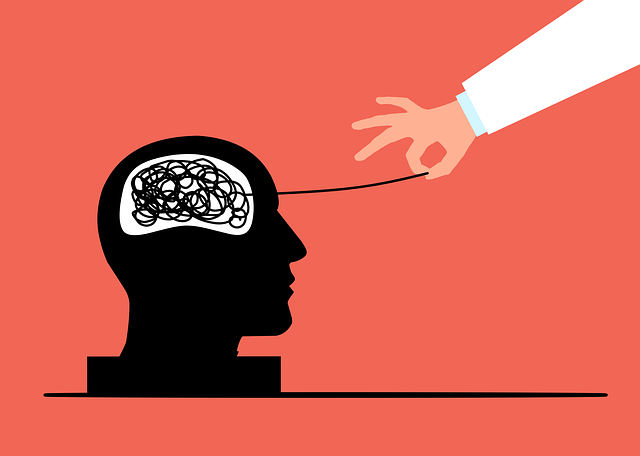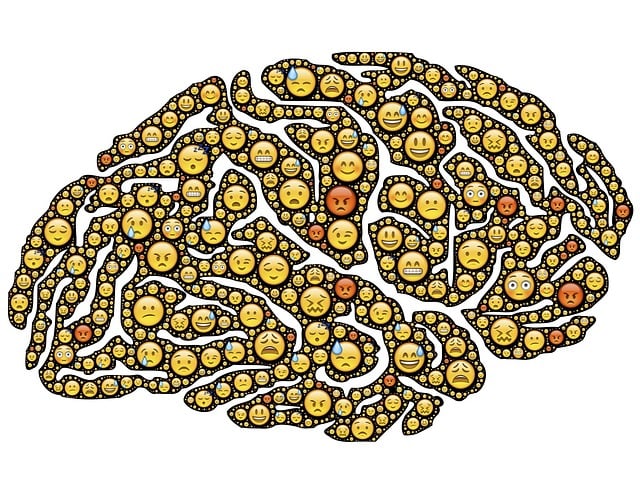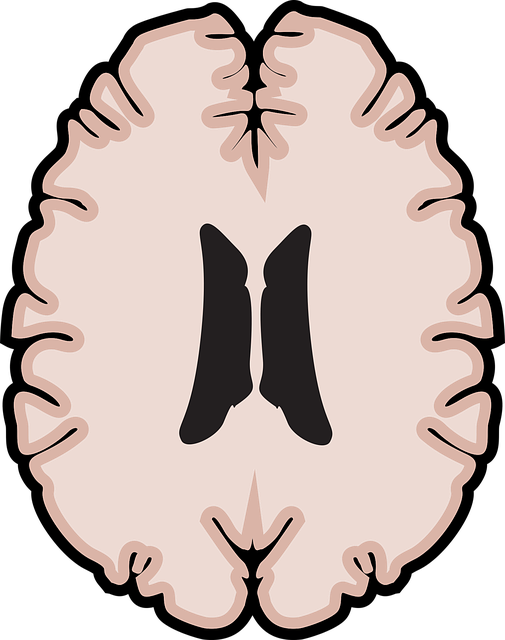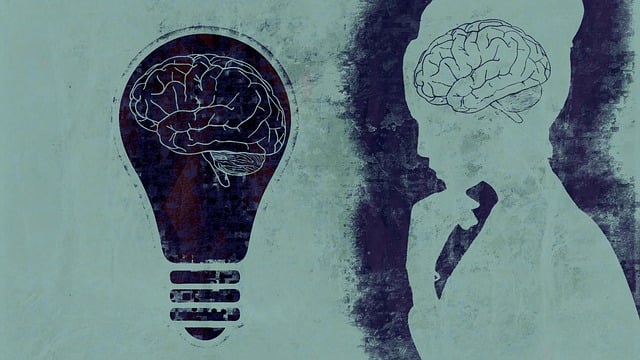Substance abuse among adolescents is a growing concern due to its impact on developing brains, driven by factors like peer pressure, stress, and mental health issues. Cognitive Behavioral Therapy (CBT) has proven effective in addressing this issue by teaching teens to identify and change negative thought patterns associated with drug use. CBT empowers young individuals with healthy coping strategies, stress reduction, and improved problem-solving skills, helping them make better choices and manage cravings. Additionally, journaling, mindfulness exercises, regular physical activity, and stress management techniques enhance long-term recovery by fostering emotional resilience and reinforcing positive behavioral changes.
Substance abuse among adolescents poses significant risks, impacting their physical and mental health, academic performance, and future prospects. This article explores comprehensive risk reduction strategies, with a focus on Cognitive Behavioral Therapy (CBT) as a potent tool. We delve into understanding the nuances of substance abuse in teens, its underlying causes, and how CBT can rewire negative thought patterns. Additionally, we uncover other effective strategies to enhance long-term recovery for adolescent teens seeking help.
- Understanding Substance Abuse and its Risks in Adolescents
- Cognitive Behavioral Therapy: A Powerful Tool for Risk Reduction
- Additional Strategies to Enhance Long-Term Recovery
Understanding Substance Abuse and its Risks in Adolescents

Substance abuse among adolescents is a growing concern due to its significant risks and long-lasting impacts on their developing brains. It’s crucial to understand that this behavior often stems from various factors, including peer pressure, stress, mental health issues, or even family history. Adolescent teens might experiment with drugs or alcohol as a means of coping with emotional distress or seeking a sense of belonging, which can lead to dangerous patterns.
Cognitive Behavioral Therapy (CBT) has emerged as an effective approach in addressing substance abuse among this age group. CBT helps young individuals identify and change negative thought patterns and behaviors associated with drug use. By teaching them healthy coping mechanisms, stress reduction methods, and enhancing their problem-solving skills, CBT empowers teens to make better choices and manage cravings effectively. Additionally, mental health professionals can implement Risk Management Planning to proactively mitigate potential risks and support the overall well-being of adolescent clients.
Cognitive Behavioral Therapy: A Powerful Tool for Risk Reduction

Cognitive Behavioral Therapy (CBT) is a highly effective strategy for reducing risks associated with substance abuse, particularly in adolescent teens. CBT focuses on identifying and modifying negative thought patterns and behaviors that contribute to drug use. By teaching emotional intelligence and communication strategies, CBT empowers young individuals to manage stress, control impulses, and make healthier choices. This therapy helps teens understand the connection between their thoughts, feelings, and actions, enabling them to develop a more positive outlook and enhanced coping mechanisms.
For instance, CBT can assist in depression prevention by equipping adolescents with tools to challenge distorted thinking and replace negative self-talk with realistic, balanced perspectives. The therapy’s structured approach allows teens to set goals, learn problem-solving skills, and gradually reduce their reliance on substance abuse as a coping mechanism. As a result, CBT plays a pivotal role in helping adolescent teens navigate challenging situations, strengthen their emotional resilience, and make informed decisions regarding their well-being.
Additional Strategies to Enhance Long-Term Recovery

In addition to evidence-based treatments like Cognitive Behavioral Therapy (CBT), which has proven effective in addressing substance abuse issues and promoting mental wellness among adolescent teens, several other strategies can enhance long-term recovery. Maintaining sobriety requires a multifaceted approach that extends beyond initial treatment.
Encouraging therapeutic practices such as journaling, mindfulness exercises, and stress management techniques can empower individuals to proactively manage triggers and cravings. Similarly, regular physical activity serves not only as an outlet for anxiety relief but also as a reinforcing agent for positive behavioral changes. Integrating these coping mechanisms into daily routines fosters resilience against relapse, demonstrating that recovery is a journey that requires ongoing commitment and personal growth.
In addressing substance abuse among adolescents, a multifaceted approach is essential. While understanding the risks and triggers specific to this demographic is crucial, implementing evidence-based solutions like Cognitive Behavioral Therapy (CBT) can significantly reduce these hazards. CBT equips teens with the skills to manage cravings, cope with stress, and avoid relapses. Combining CBT with additional strategies, such as supportive peer networks and continuous parental involvement, fosters long-term recovery and a healthier future for adolescents at risk.


